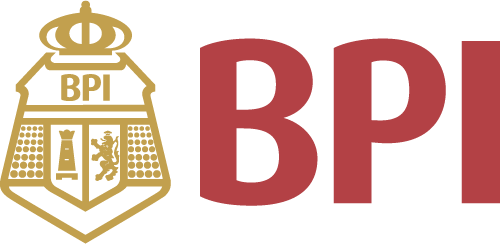All Categories
Cello Making: For Use with Violin Making, Step by Step
Share Tweet
*Price and Stocks may change without prior notice
*Packaging of actual item may differ from photo shown
- Electrical items MAY be 110 volts.
- 7 Day Return Policy
- All products are genuine and original








About Cello Making: For Use With Violin Making, Step By
Product Description A"sequel" to and builds on Violin Making, Step by Step. Full size drawings for the 4/4 (755 mm) cello and its inside mold. The process of making a master cello, including some alternate tools and techniques, is described in detail and illustrated with numerous photographs. This new (third) edition also includes full size drawings, measurements, etc. for a 7/8 "Guadagnini" cello. The Strobel books for violin makers are professional, concise, and convenient, reflecting traditional, conservative, and artistic work. Some forty thousand sold, they are use internationally by student, amateur and professional makers in shops and schools, and referred to by manufacturers, sellers, users, and lovers of bowed instruments. High quality 8.5 by 11 in. paperbacks made to lie flat and last on your workbench. Review "The energetic Mr. Strobel is now onto his sixth handbook, and this modest volume contains a wealth of valuable information for the novice and, I would guess, not a few professionals as well. . . . Strobel's motivation in publishing these handbooks from his delightful country workshop is purely and simply to help someone out here to share in the great pleasure of building an instrument to be proud of. I am sure he has already succeeded many times over." -- John Dilworth in the March 1996 Strad Magazine, London ( Cello Making, Step by Step) ". . . deals with the special problems of the cello, a table of nominal measurements (quite complete), lots and lots of drawings and patterns, and full explanation of everything that is different about making a cello. Useful directions and photos of moulds, cradles and clamp setups. This is a very good shop manual . . ." -- David Brownell, Editor, Michigan Violin Makers Association Journal About the Author Henry Strobel is the author-publisher of seven books on violin, viola, and cello making, repair, and adjustment, which are used worldwide. He recently published a video Watch Me Make a Cello, Step by Step. Born in Indiana in 1936, he had a first career as an electronic design engineer, and was one of the founders of Digital Telephone Systems, Inc. in California, which manufactured transmission and switching equipment. He served in the US Air Force service in Scotland as a communications officer. He studied violin as a schoolboy, made his first over thirty years ago, and has had his own violin business for twenty years, fifteen at his current full service violin shop in Oregon, where, with his wife and sons, he also makes violins, violas, and cellos, and writes books. Excerpt. © Reprinted by permission. All rights reserved. Preface to the Third Edition The second edition had only minor revisions, and this third edition is unchanged except for the important addition of data and drawings for making an artist class "7/8" size cello. Happily the exhaustion of the second edition coincided with the publication of my first video which illustrated the making of such a cello. Looking at the Afterword in this book, I wonder at the changes, the continued growth in violin making and in sales of these books, the ever increasing use of computers, E-mail, doing business on the internet, and our inevitable introduction of a video. But we still make and like our fiddles the old way. Addendum for a 7/8 Size Cello Violin Making Live! or Watch Me Make a Cello, Step by Step, is Henry Strobel's first video. In it he demonstrates and explains the violin maker's procedures and processes (common to violin, viola, and cello), using a cello as the example. Fortunately the cello model, adapted from a 7/8 size J. B. Guadagnini, made a wonderful sounding instrument in a size just right for a neglected minority of cellists. The documentation to reproduce it, lacking in the video, is published as an addendum to this Third Edition of Cello Making, Step by Step at the center of the book, just above the 4/4 size drawings. Readily removable for use, its pages are numbered A1 through A12, leavi



















